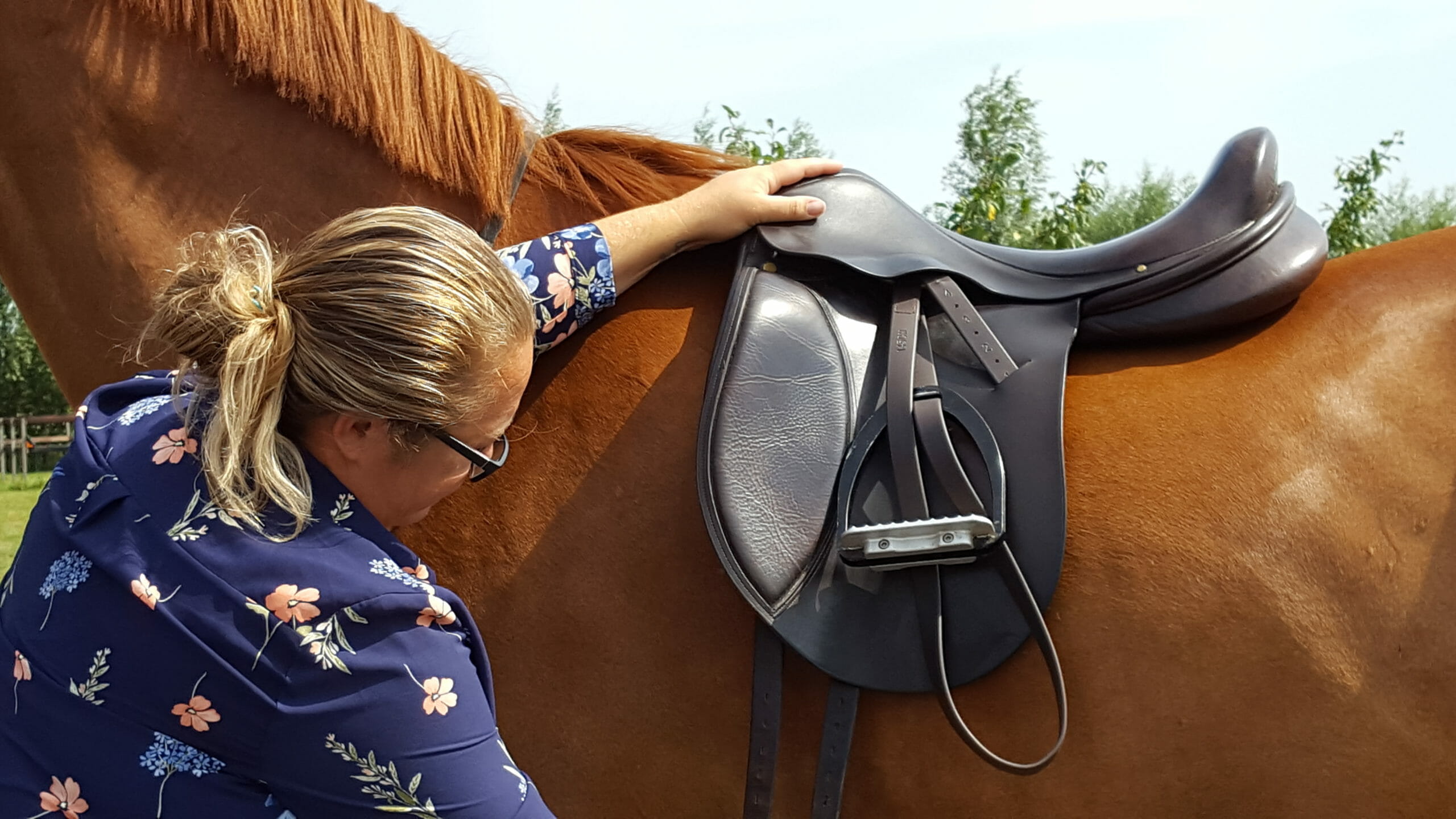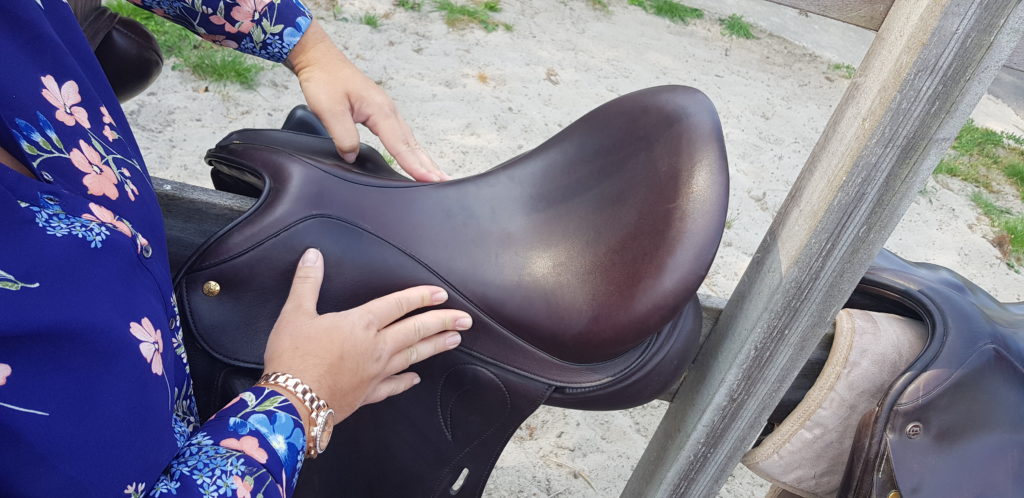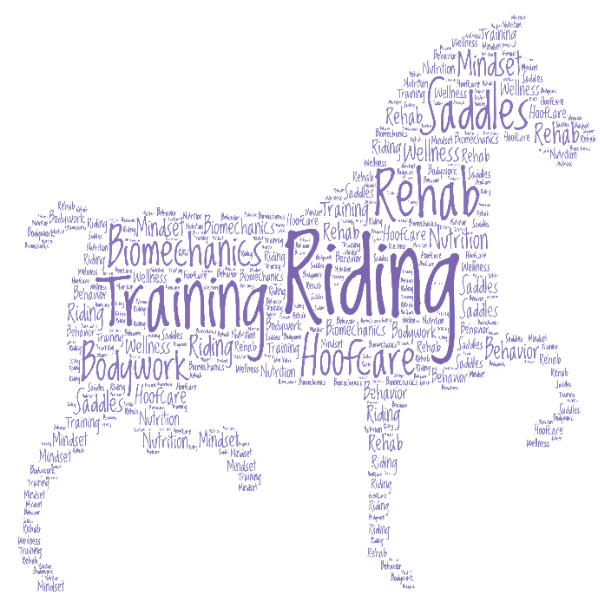SADDLE FIT – WHAT DOES IT REALLY MEAN? PART 1
There seems to be quite a few trains of thought when it comes to the oh so important question of ‘does the saddle fit?’ What one person sees as a good fit, another may well not. This is not only true among riders or horse owners. Oftentimes, saddle fitters don’t even agree with one another! Scary, isn’t it?
In trying to answer that question, there isn’t just variation between personal preference of the saddle fitter, rep or saddler, but also between brands. One of the reasons I chose saddle fitting as a career was just how big a headache it was relying on professionals to try and figure out what’s best. Basically, the saddle needs to be ‘fit for purpose’ – so, what is its purpose?
 THE PURPOSE OF THE SADDLE
THE PURPOSE OF THE SADDLE
Regardless of whether you are riding English, Australian, Iberian or western, the same principles should apply here. The first and foremost reason for a saddle today is rider security. The saddle needs to make the rider feel more stable and secure in the saddle. What this entails is of course going to vary significantly in relation to the ability of the rider. A novice rider who goes out for a walk trail ride four times a month is not going to be as safe and secure in the saddle as a competitive rider eventing at Olympic level.
The next purpose the saddle has to fulfil is balance. This is something that varies hugely between saddles. By balance we mean that the saddle has to ensure the weight of the rider is distributed evenly along the surface area in contact with the horse. A saddle that is tipping back will cause the rider to sit in an altered position, forcing more weight towards the rear of the saddle.
CALCULATING THE CORRECT SIZE OF THE SADDLE
The weight of the rider needs to be distributed over an area that is appropriate for the mass of the rider and the space the horse has available. As riders and owners, we have to make wise decisions when it comes to the size of our horses. The smaller your horse’s back, the smaller the saddle that can be fitted. You can work out the pressure on the horses back with some pretty simple math. You take the mass of the rider, saddle and accessories and divide that with the surface area of the saddle that is on the horse. If your horse has a small back, the size of the saddle that can be fitted will be limited. Make sure to choose a steed that matches your size.
THE ROLE OF THE TREE
In performing all these tasks, the tree shape plays a vital role. All saddles (apart from treeless ones of course!) are built on a tree. Basically, the tree has a foundation of support, a surface for the rider to sit on, stirrup bars to hold the legs and they have a surface area, designed to be in contact with the horse. This is the basis, although obviously some designs differ in quality and craftsmanship. The tree must be of a shape that allows the horse to lift its back, engage the horse and carry himself. Fitting a tree to a static horse is pointless – many studies have shown that the shape of a horse’s back varies significantly through movement.
In part 2, we will look at other functions of the saddle.
PART TWO OF THIS BLOG IS AVAILABLE FOR EQUITOPIA MEMBERS – SIGN UP HERE






